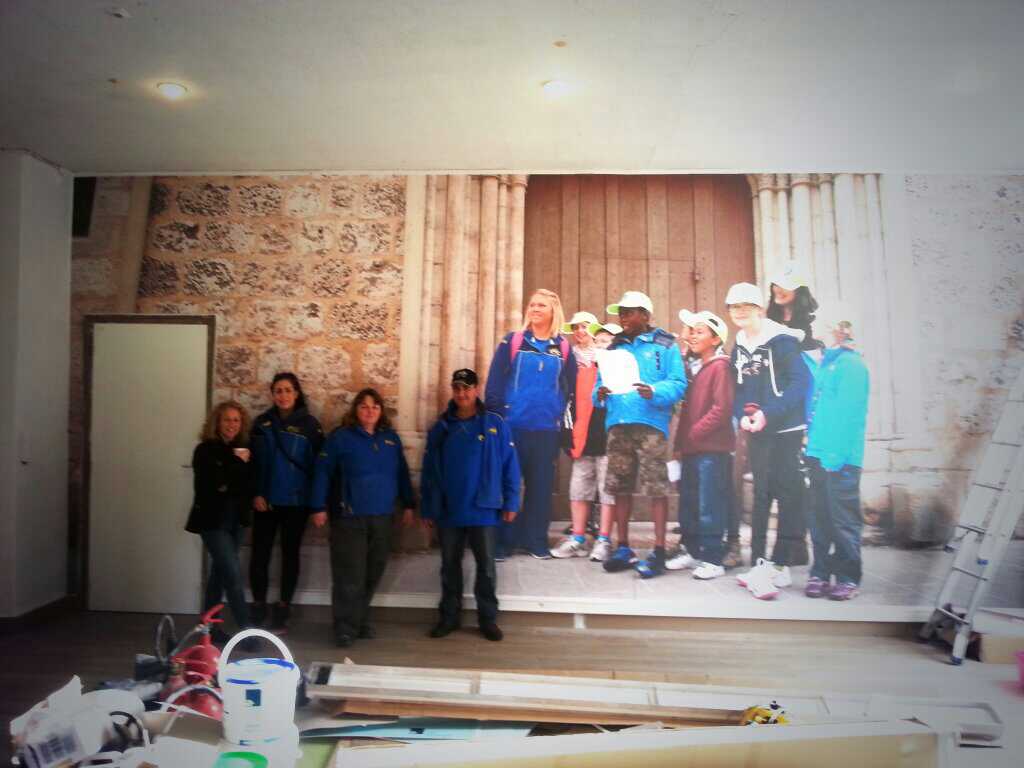-
Wallpaper: Textile, s/a, pre paste or paste and best joins?
Hi All
OK, have spent last two evenings immersed in all threads I could find on wallpaper (these long winter evenings just fly by! 🙂 ) with hope of finding answer to which is preferred wallpaper and what application method is preferred but have come to conclusion that there is no consensus and its each to his/her own preference. Am I right?
Reason for asking is that I have recently done a feature wall in Metamark Walltex (using 1520mm roll) which printed great but I found difficult to put up single handed as if it sticks to itself (which I know, in an ideal world etc etc …) when you ‘unstick’ it it stretches a little. Also wasn’t keen on overlap joints visualy so went for overlap and cut through both to get perfect join – and this was the problem I found, getting pressure right to cut through both without going into drywall, not enough pressure wouldn’t cut cleanly, too much.. and into the drywall 😳 Now it peels off fine – which is good so it does do what it says on the tin (removable) but the biggest problem of all I found was that if you cut not cleanly it would ‘run’ leaving a micro line as if pulled thread.Tried new blade every cut, rotary blades, same result.
So, as time has moved on since this was last discussed, what do people think? For a non long term wallcovering is it best to go wallpaper rather than textile and if so, pre pasted or pastable…and what about the vertical joins? Are overlaps considered visually ok, rather than going for a clean splice? If thicker substrate (wallpaper) rather than textile, should you try for a precision trim on bench so should butt up – in theory – assuming uber accurate trimmer and no material stretch etc :lol1:
Any thoughts/advice/tips greatly appreciated ‘cos I don’t feel like rushing to do another one at the moment!
All the best, Hugh.
Log in to reply.



